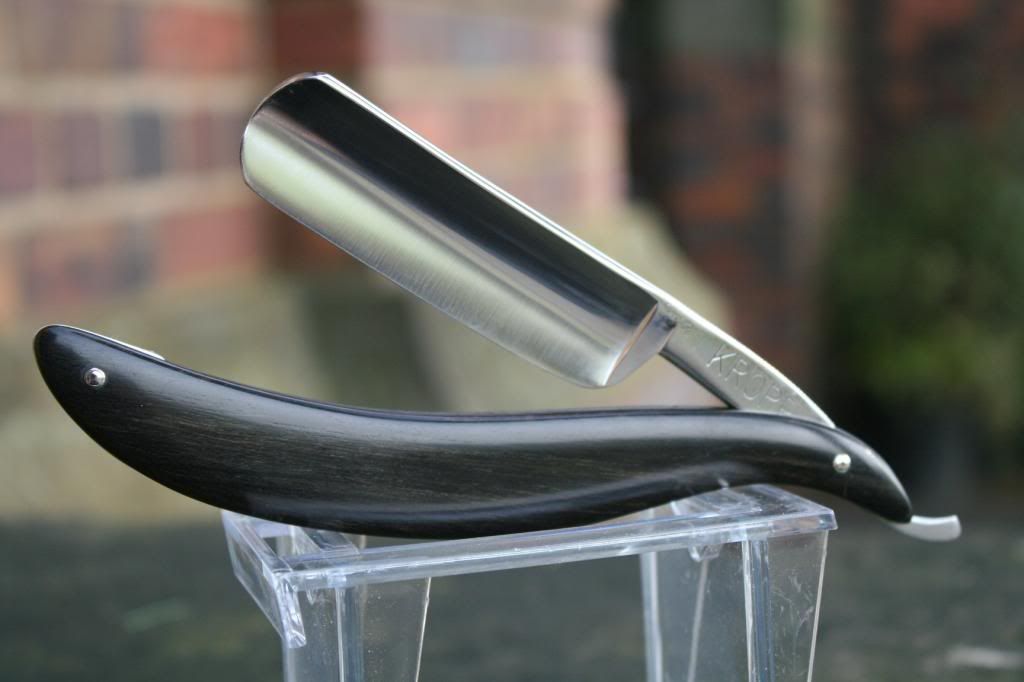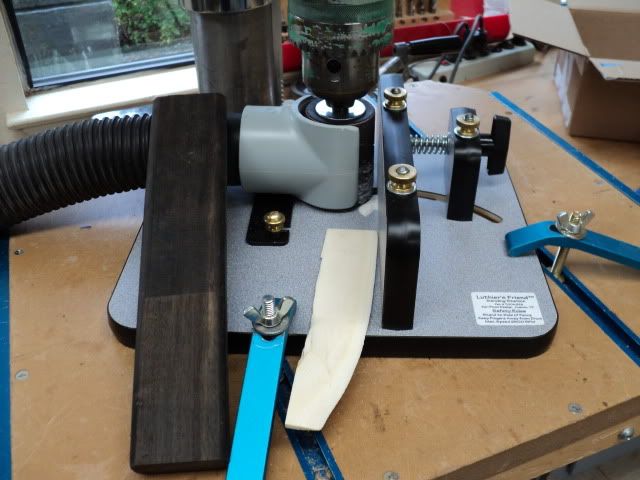Results 21 to 30 of 36
-
05-03-2013, 01:47 PM #21I used Nakayamas for my house



- Join Date
- Aug 2009
- Location
- Des Moines
- Posts
- 8,664
- Blog Entries
- 1
Thanked: 2591
-
05-03-2013, 03:44 PM #22Senior Member

- Join Date
- Mar 2011
- Location
- Corcoran, Minnesota
- Posts
- 665
Thanked: 170
Harbor Freight has their disc/belt combination sander on sale now. Just FYI.
Last edited by skipnord; 05-03-2013 at 09:13 PM.
-
05-03-2013, 04:53 PM #23

Same principle as the Stewmac. I made a jig for the magnetic holder of my surface grinder and with the electronic drop indicator I can thin out any material to whatever thickness I want. Works like a charm.
Last edited by Maximilian; 05-03-2013 at 05:55 PM. Reason: typo
əˌfisyəˈnädō | pərˈfekSH(ə)nəst | eS'prəSSo | düvəl ləvər
-
05-03-2013, 05:05 PM #24Senior Member


- Join Date
- Jan 2011
- Location
- Roseville,Kali
- Posts
- 10,432
Thanked: 2027
-
05-03-2013, 05:54 PM #25
-
05-03-2013, 06:10 PM #26Senior Member


- Join Date
- Jan 2011
- Location
- Roseville,Kali
- Posts
- 10,432
Thanked: 2027
-
05-03-2013, 09:05 PM #27

No, no... a wide belt sander is a specific tool (think 35-horse $20,000 tool) used for sanding to thickness within a few thousandths of an inch, dead flat.
But yes, if you are careful and have a good bench stop and nothing valuable behind you the belt sander can do some of the coarse stock removal.
-
05-03-2013, 09:10 PM #28At this point in time...




- Join Date
- Jun 2007
- Location
- North Idaho Redoubt
- Posts
- 27,063
- Blog Entries
- 1
Thanked: 13249
I basically use a combination of what they are talking about,,,
The seperation of the techniques and why I gave up on that old thread is the rounded/contour effect,, I was looking for a way to thin down Scales not Blanks.. To get the effect of contoured scales, the only way I have found to do it is start with Blanks that are .125 -- .140 inches.. build and contour the set of scales as a one piece operation, then after the holes are drilled, I split the two scales apart and thin them down from the back side only, keeping the contour intact.. It is harder to do this way but personally I think they look like sanded Popsicle sticks if you don't JMHO
edit: You also have to take into account that the scales are getting smaller as well as thinner when you do this, so you have to be careful not to drop the height so much that the heel drops through the bottom Means you also have to fit the wedge as a last step operation..
Means you also have to fit the wedge as a last step operation..
Last edited by gssixgun; 05-03-2013 at 09:15 PM.
-
05-03-2013, 09:58 PM #29
-
05-03-2013, 11:04 PM #30

Glen. I have to disagree with your conclusion here. I've attached a picture of some scales that I made using exactly the method described earlier and I don't think they look like Popsicle sticks. The stock was sanded as one piece and then cut in two and taped together whilst profiled and sanded. I always sand the inside of the blank before taping - that way I ensure that the two scales are completely flat.
You may or may not like the end result, but Popsicles it aint.



 16Likes
16Likes LinkBack URL
LinkBack URL About LinkBacks
About LinkBacks









 Reply With Quote
Reply With Quote
